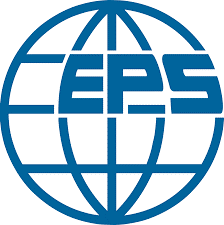The ECRYS goal is to bring together scientists who are involved in related problems but are divided usually in several loosely-interacting communities oriented towards more focused schools and conferences.
ECRYS meetings provide cross-links between various studies of spontaneous structures formed by electrons in solids, with extensions to related systems such as charged objects in soft matter and biology, vortices in superconductors, ferroelectric and magnetic domains, mixed and spin-polarized states in superconductors, polaritons, excitons, and cold atoms. Unifying concepts and phenomena emphasize a complex of nonlinear nonstationary spacio-temporal effects; role of topological defects and microscopic solitons.
The notion of electronic crystals embraces numerous cases of spontaneous structural aggregation of electrons in solids. Depending on interactions, lattice deformations, spin involvement, and dimensionality, the electronic crystals acquire forms of charge and spin density waves, of interface and bulk Wigner crystals, charge ordered phases, stripes, modulations induced by high magnetic fields, interface and surface phases originated by high electric fields, charges in meso- and nanostructures, charged liquid suspensions, Coulomb interactions in soft and condensed matter.
Planning of sections:
- Charge and spin density waves, coexisting superconductivity and chirality
- Solitons , stripes
- Charge ordering , electronic ferroelectricity, Wigner Crystals
- Mott, Peierls and excitonic insulators
- Magnetic field, spins, skyrmions, FFLO
- Ions from cold traps to colloids; weak crystallization
- Electronic solids at surfaces, in mono-layers and at nano-scales
- Dynamics of electronic solids, hidden states, states switching





